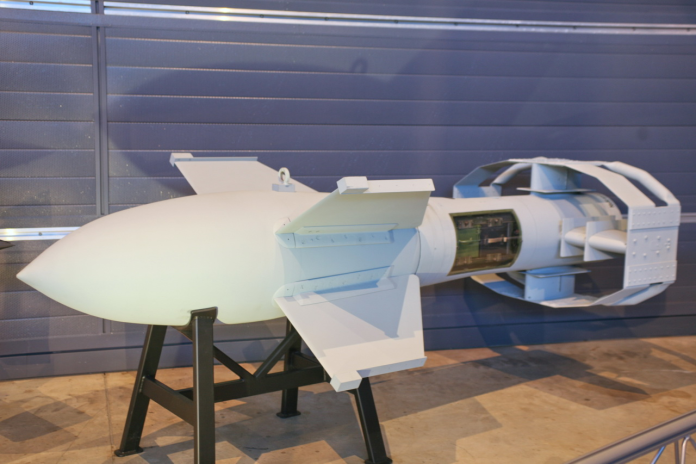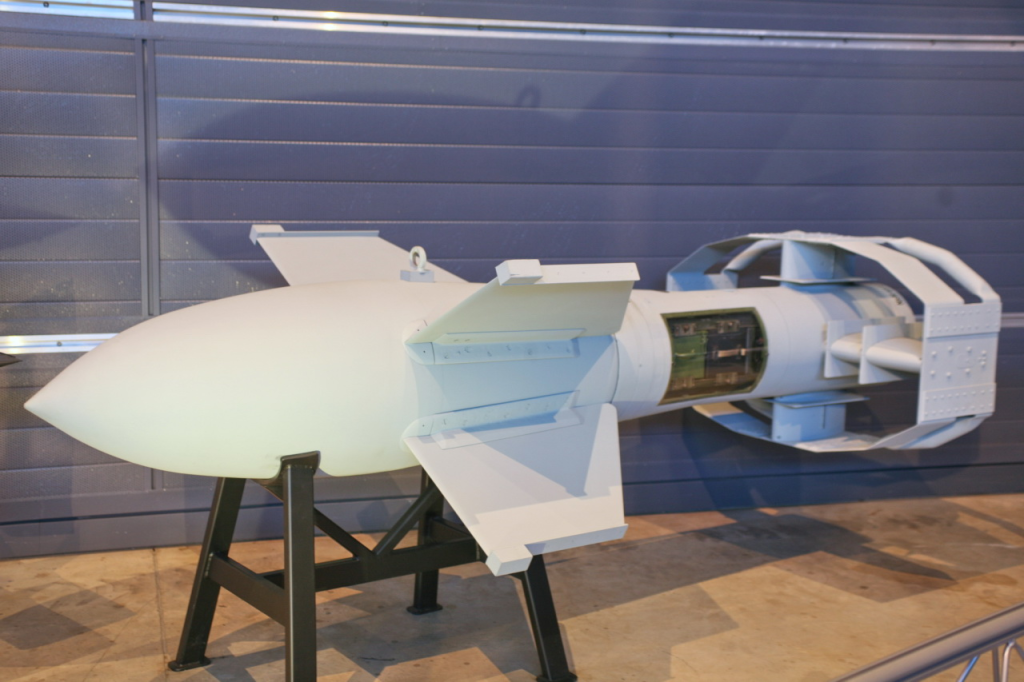
Russian forces’ tightening grip near Kramatorsk and Dobropillya is not just a story of shifting frontlines it is a case study in how battlefield technology is dictating strategy. These two Donetsk region hubs, long vital to Ukraine’s military logistics, are now under pressure from a combination of massed troops, precision air-delivered munitions, and an evolving drone war that is redefining the tempo of operations.
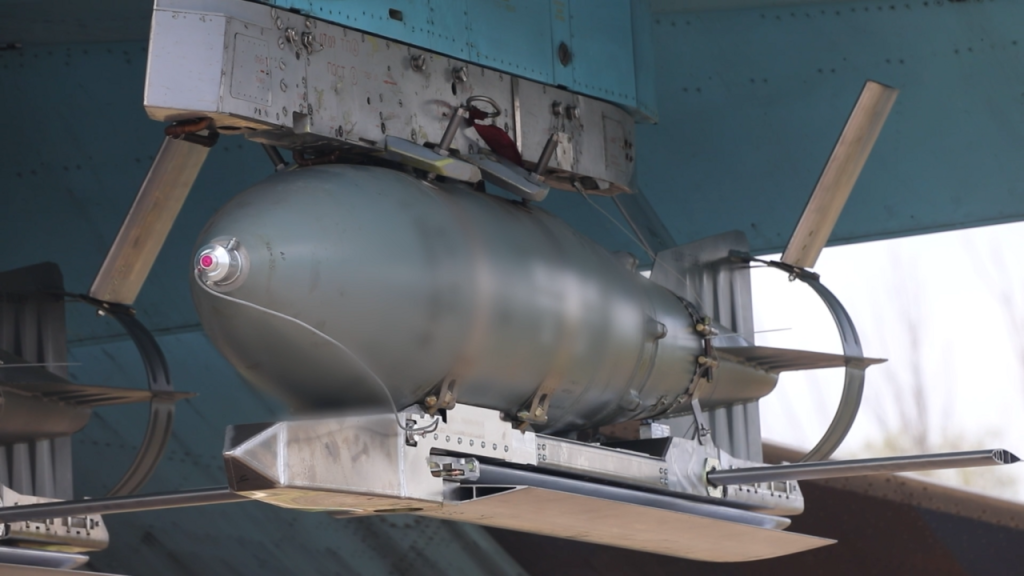
1. Russian Glide Bombs Expand the Deadly Radius of Airpower
The Russian air force’s use of the UMPK glide kits has provided standoff precision to bombs that have been around for decades. With the addition of fold-out wing and tail control surfaces and Kometa-M GNSS modules attached to the FAB-series bombs, Russian pilots can release munition from elevations of 12,000 meters or higher and a range of as far away as 80 kilometers from the target – outside the majority of Ukrainian air defense envelopes.

The end result is deadly damage: a 500 kg warhead will create a 15-meter wide crator while the 1,500 kg and 3,000 kg variants will obliterate multi-story buildings. Ukrainian forces report that even near misses cause concussive injury serious enough to knock out entire companies. Russian forces in Avdiivka dropped 60–80 glide bomb strikes per day where they were rigidly utilized to blast defensive positions ahead of ground pushes.
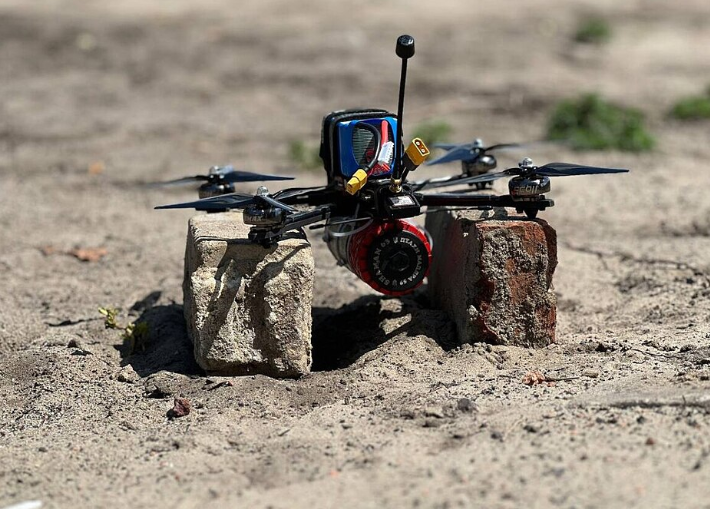
2. Rise of FPV Drones and Its Restrictions
Ukraine’s preferred countermeasure has been the mini first-person-view (FPV) quadcopter, evolved from hobbyist racing drones. Costing $200–$1,000, the vehicles carry 1–1.5 kg payloads of explosives and strike mobile or concealed targets. But a successful 20–30 percent of operations are achieved by the estimate of a Ukrainian FPV operations expert when the impact of poor weather conditions, technical breakdowns, and electronic warfare (EW) jamming are factored in. Most missions are “second tap” strikes in already damaged structures, a long way from being single precision assassinations. Analogue radio connections of the drones are also easily jammed, and the lack of GPS or inertial nav resulted in them relying on line-of-sight control – a serious liability in jungle or urban fighting.

3. Russian Battlefield Air Interdiction using UAVs
Russian troops have developed FPV and loitering munitions into a form of partial battlefield air interdiction (BAI), striking Ukrainian ground lines of communication (GLOCs) 50 km or so to the rear of the front. On the T0514 road between Dobropillya and Kramatorsk, Donetsk authorities think UAVs “fully control” the road, causing supply convoys to stop or take a detour. Fiber-optic-controlled FPVs jam-proof now threaten even forest roads that were previously safe. Ukrainian forces in the Pokrovsk sector estimate that they lose between two and three vehicles a day to such attacks, of which in some sectors 70 percent are carried out by drones.
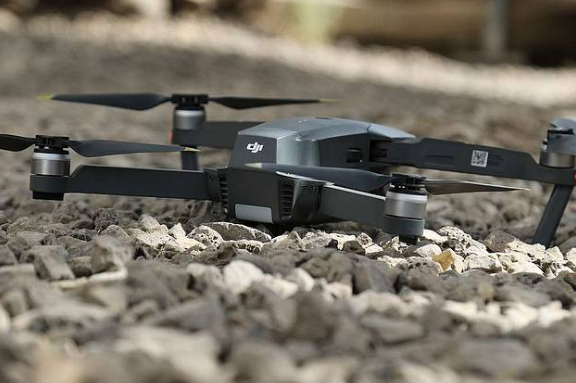
4. Electronic Warfare: The Counter-Drone Wall
In response to these threats, Ukraine has bought networked EW networks like the Kvertus’s Atlas system 8,500 jam detect nodes networked together to provide a single operational picture. Networked Mirage jammers are able to jam frequencies from 0–6,000 MHz and have up to 20 hours battery life and will automatically turn themselves on when threats are detected. There is limited jamming possible that allows Ukrainian UAVs to operate while disabling the enemy UAVs but extension of such cover along the 1,300 km front remains a budget and logistical challenge.
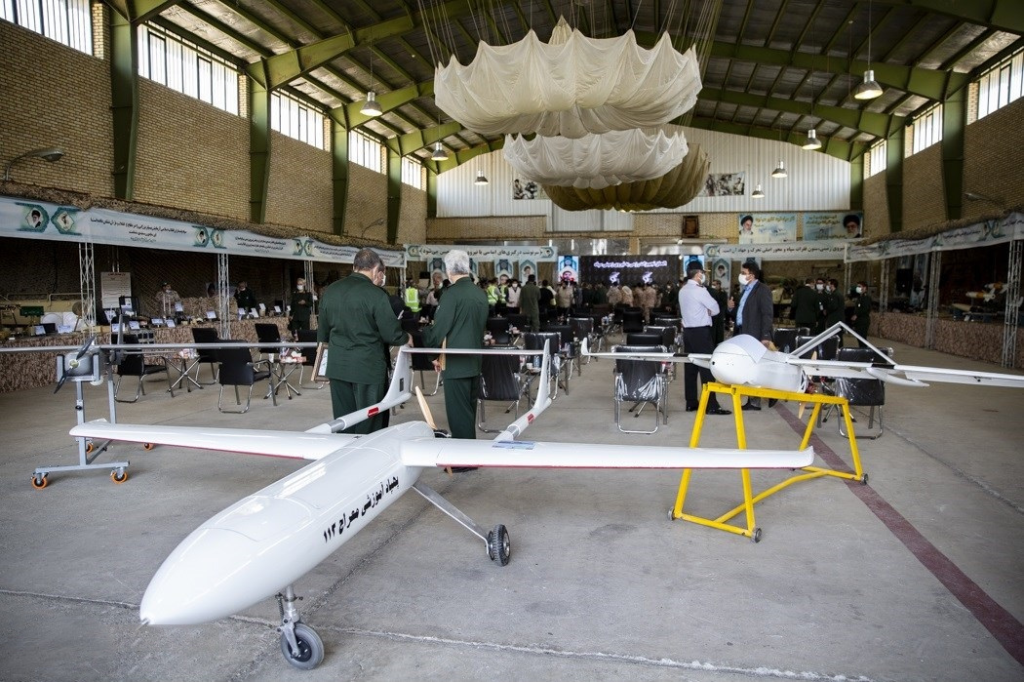
5. Russian Innovation in UAVs and Combined Tactics
Russian drone platoons are stretching FPV ranges to 50 km by making use of repeater drones, autoflight-controlled optical navigation for target recognition purposes, and making use of thermobaric warheads for hardened installations. Joint strikes frequently include surveillance drones such as 10-hour, 120 km-range Orlan-10s or FPVs such as the Molniy or loitering munitions such as the Lancet that have very fast sensor-to-shooter times. This union of ISR and strike has enabled Russian armies to move ahead in closed spaces such as the Serebryanskoe Forest where the drones are able to successfully work under dense canopy.

6. Mine-L Configuration of the Shahed Drones
Adding to the complexity, Russia has modified Shahed-136 delta-wing drones to drop PTM-3 anti-tank mines. Each mine, armed within 60 seconds and triggered by magnetic influence, can be deployed hundreds of kilometers from launch points. This tactic allows remote mining of supply routes deep in Ukraine, compounding the interdiction effect of FPV strikes and forcing Ukrainian engineers into constant clearance operations.

7. Diplomatic Undercurrents and Strategic Calculation
These preconditions for conflict prime the upcoming Moscow meeting between President Donald Trump and Vladimir Putin. While Trump has broached “land-swapping” proposals, strategists note that the current momentum for Moscow fueled by technical overmatch in glide bombs and drones discourages Moscow’s will to negotiate. As a source familiar with talks said, “Russia is preparing for a great offensive right now. It doesn’t seem that the Russian Federation is going to end the war.”

The standoff weapons, the precision UAV interdiction, and the advancing EW countermeasures are driving the rate of change within east Ukraine. For the Ukrainian army and the separatists, the competition is just as much about electromagnetic dominance and lines of production these days as it is about terrain and the winner will define the trajectory of the map but also the future of the modern combined-arms battle.
